Best Timing for Fire Restoration Services

Assessing fire damage promptly helps determine the extent of restoration needed.

Restorations are typically most effective during dry and mild weather conditions.
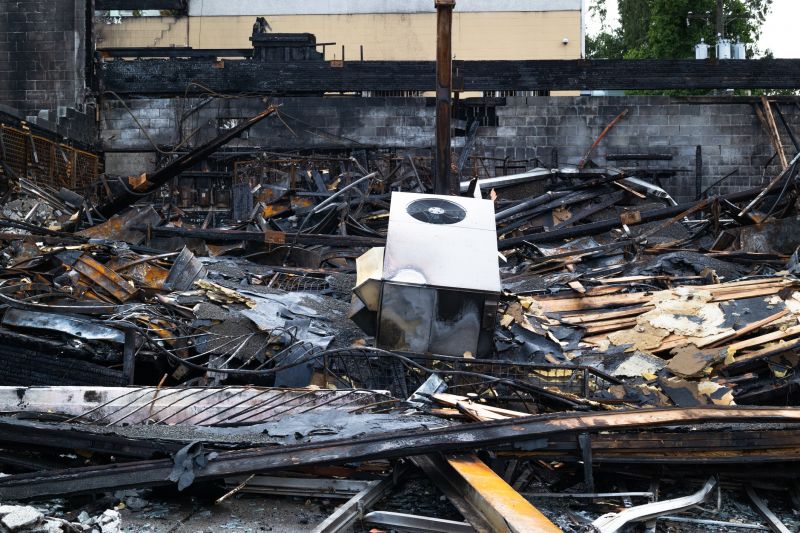
Timely cleanup prevents further damage and reduces health risks from smoke and soot.
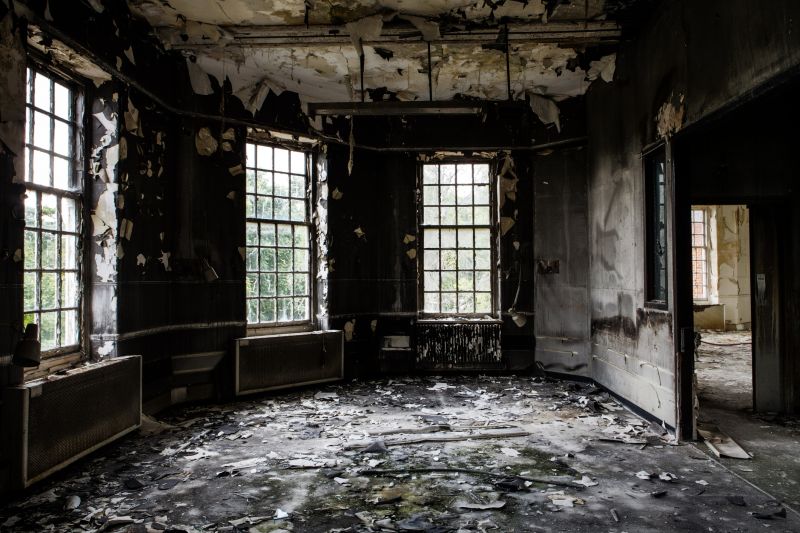
Ways to make Fire Restorations work in tight or awkward layouts.
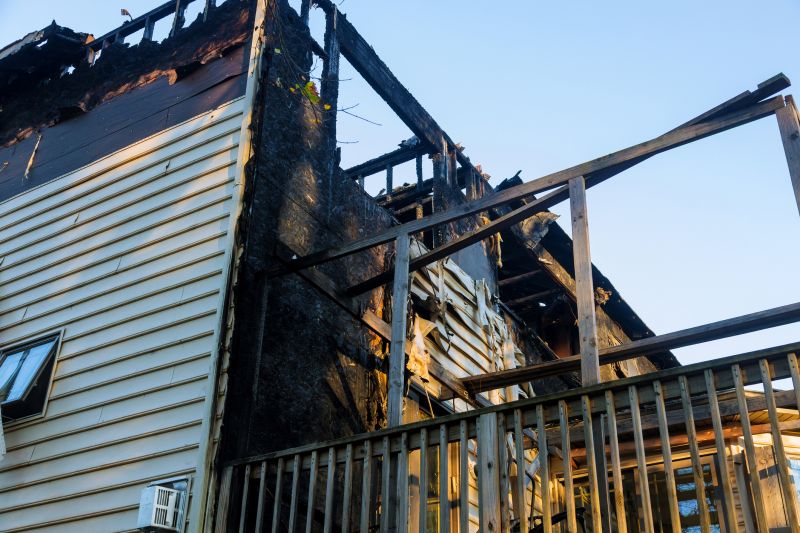
Popular materials for Fire Restorations and why they hold up over time.
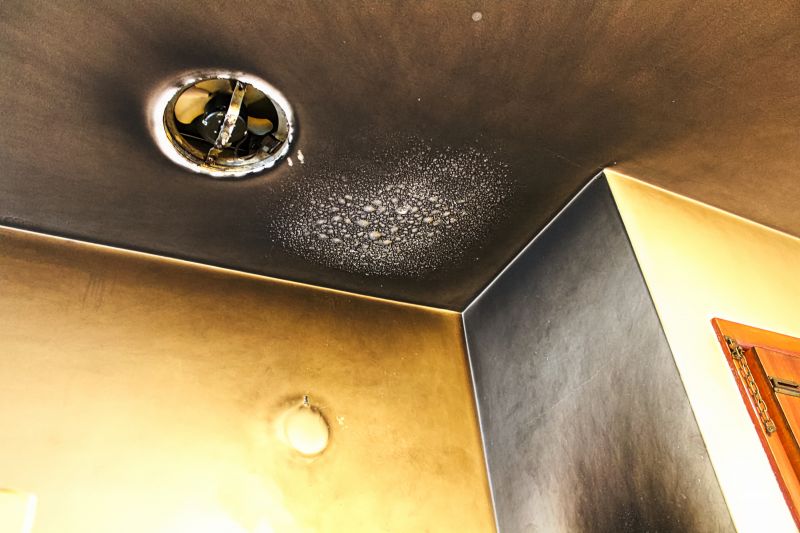
Simple add-ons that improve Fire Restorations without blowing the budget.
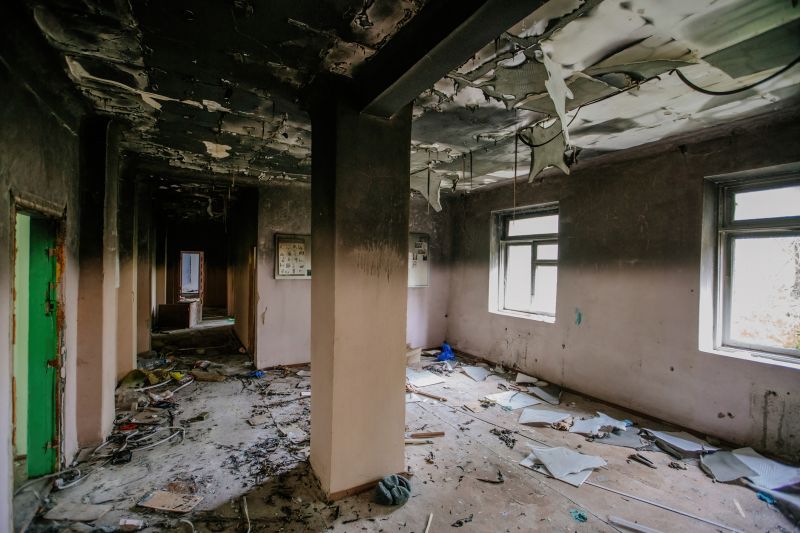
High-end options that actually feel worth it for Fire Restorations.
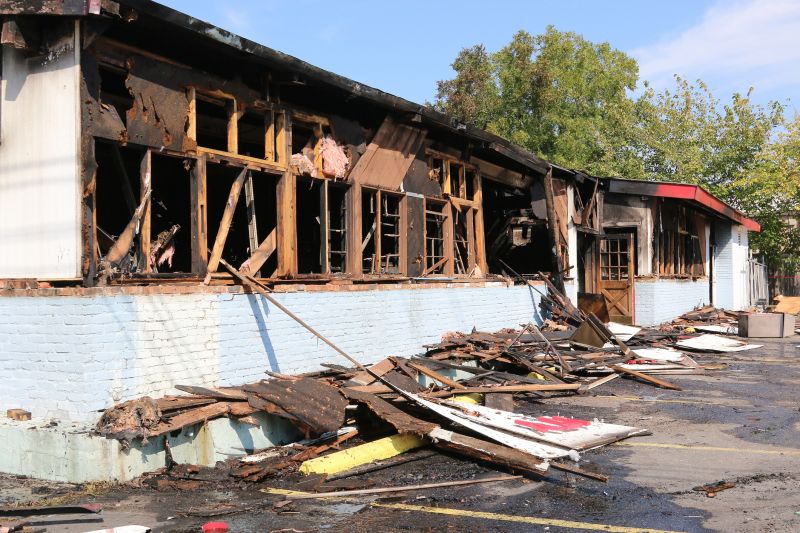
Finishes and colors that play nicely with Fire Restorations.
Fire restorations involve a comprehensive process of assessing, cleaning, repairing, and restoring properties affected by fire incidents. The timing of these services can significantly impact the effectiveness and safety of the restoration process. Immediate response is crucial to minimize structural damage and health hazards caused by smoke, soot, and water used during firefighting efforts.
Quick action helps prevent secondary damages such as mold growth and structural deterioration.
Dry, mild weather facilitates effective cleaning, drying, and rebuilding efforts.
Spring and early summer often provide ideal conditions for fire damage repairs due to lower humidity levels.
In the United States, a fire occurs approximately every 65 seconds, emphasizing the need for rapid response and restoration.
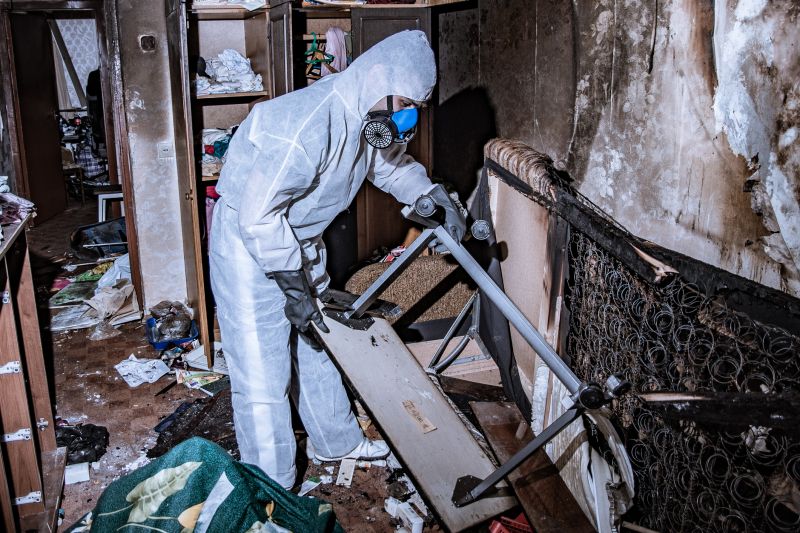
Specialized teams work efficiently during favorable weather conditions.
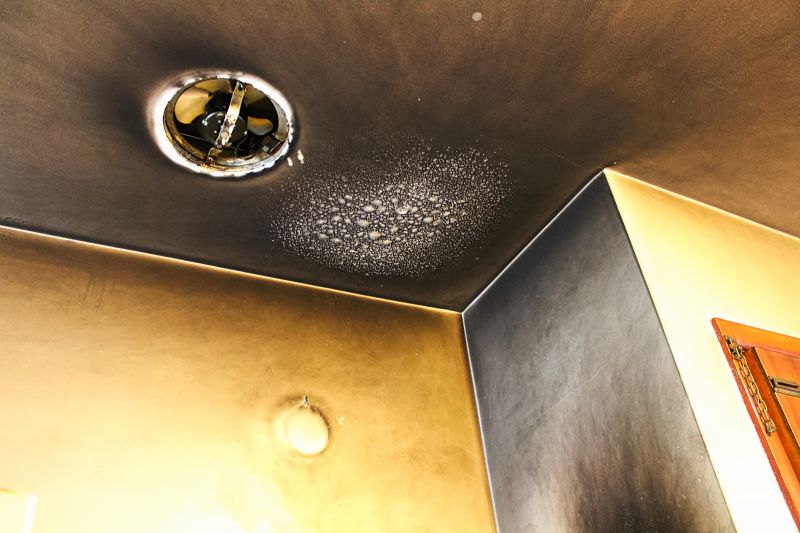
Effective cleaning is easier when humidity levels are low.
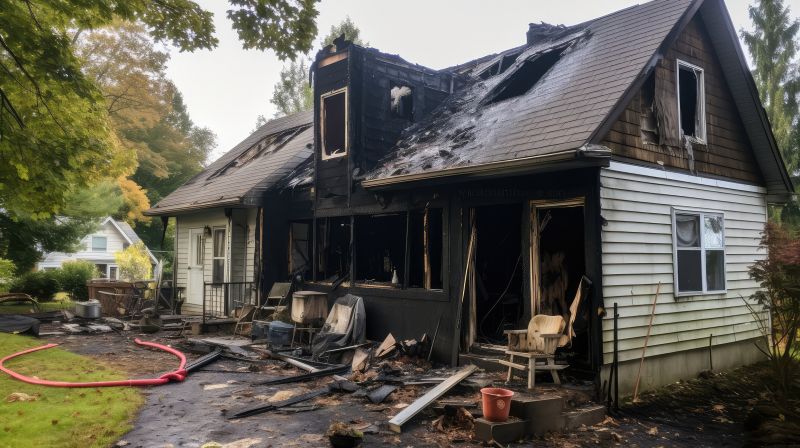
Structural repairs are more successful during dry seasons.
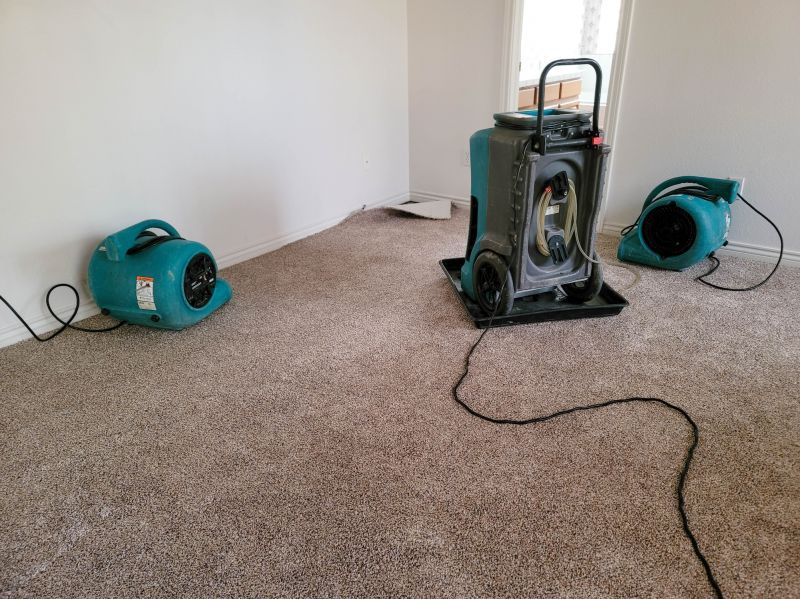
Dry weather helps in faster water evaporation and drying processes.
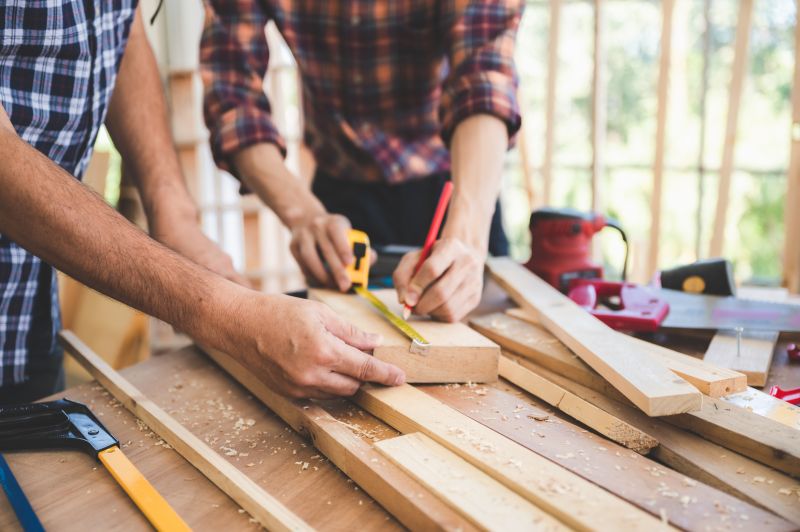
Little measurements that prevent headaches on Fire Restorations day.

A 60-second routine that keeps Fire Restorations looking new.
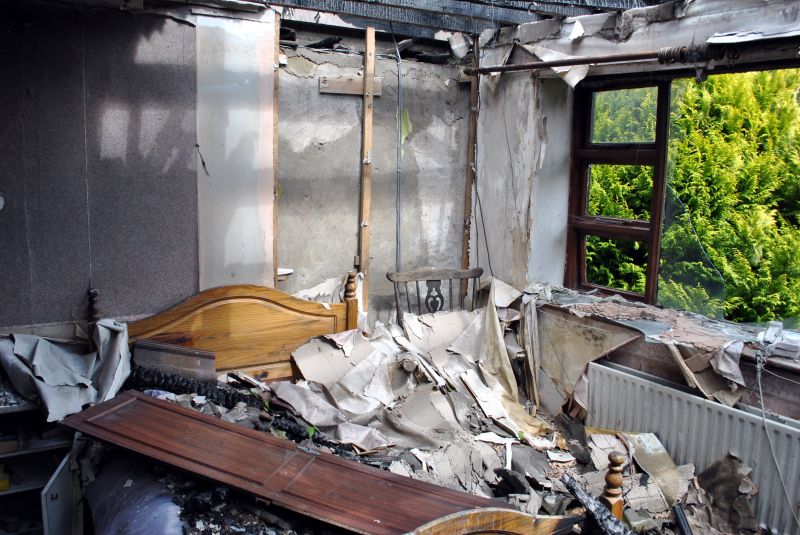
A frequent mistake in Fire Restorations and how to dodge it.
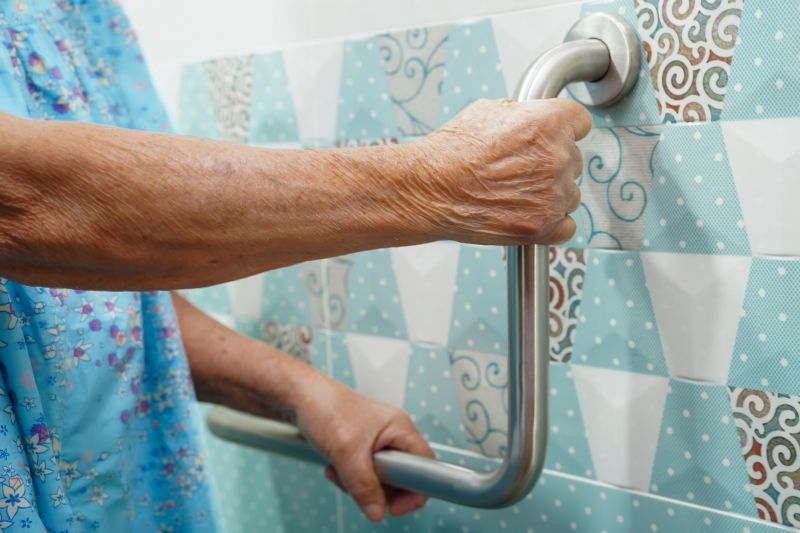
Small tweaks to make Fire Restorations safer and easier to use.
| Season | Advantages |
|---|---|
| Spring | Lower humidity, longer daylight hours, ideal for repairs. |
| Summer | Warm and dry, suitable for drying and rebuilding. |
| Fall | Moderate weather, good for extensive restoration work. |
| Winter | Challenging due to rain and cold, less ideal for outdoor repairs. |
Understanding the seasonal factors influencing fire restorations can help property owners plan effectively. By scheduling repairs during optimal weather conditions, it is possible to reduce completion times, improve safety, and ensure quality results. Proper timing also minimizes the risk of secondary damages, such as mold growth or structural weakening.

Inspection is critical immediately after fire incidents to determine the scope of work.
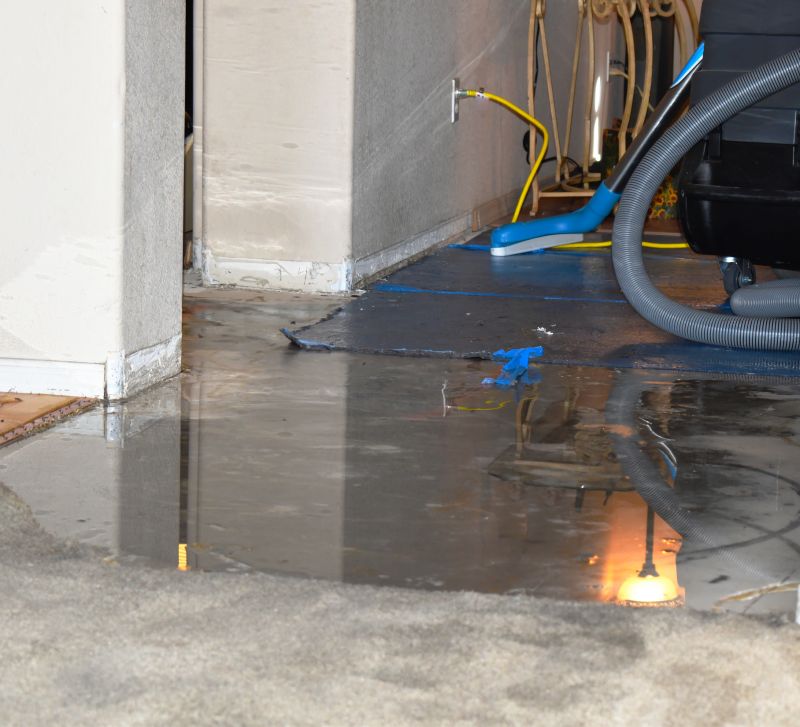
Proper equipment is essential for efficient cleanup and repairs.
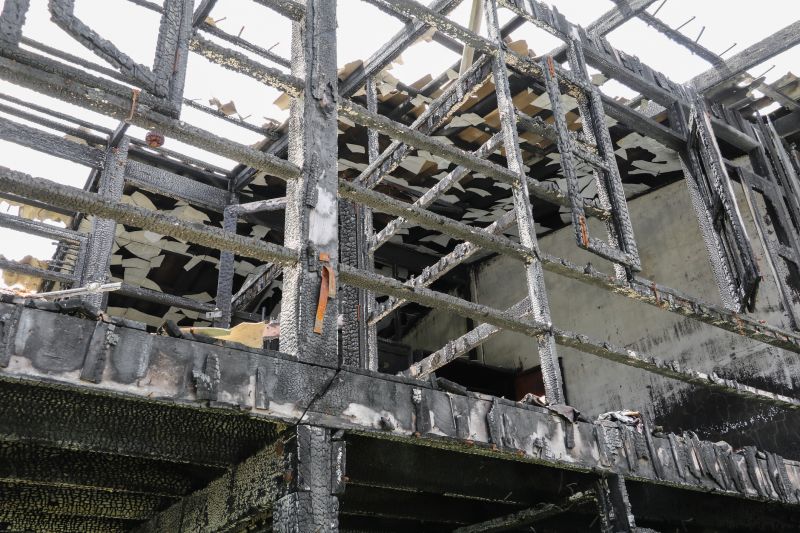
Rebuilding efforts are most effective during suitable weather conditions.
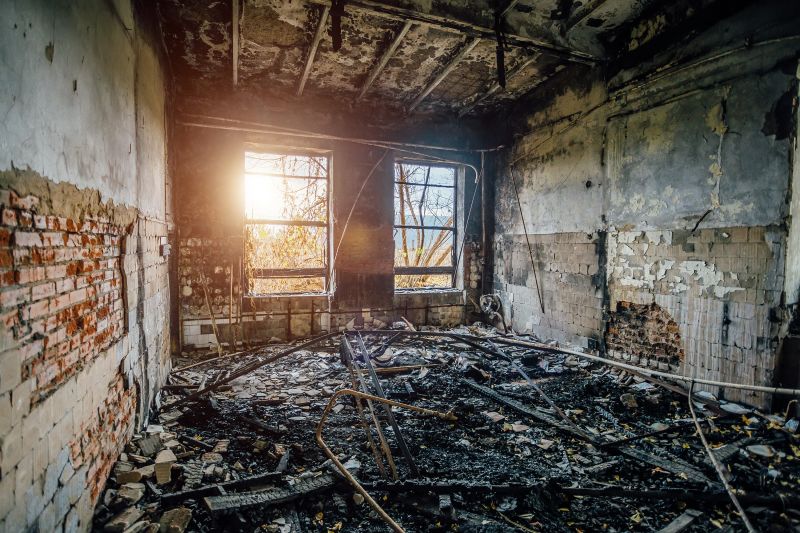
Effective removal depends on timing and environmental conditions.
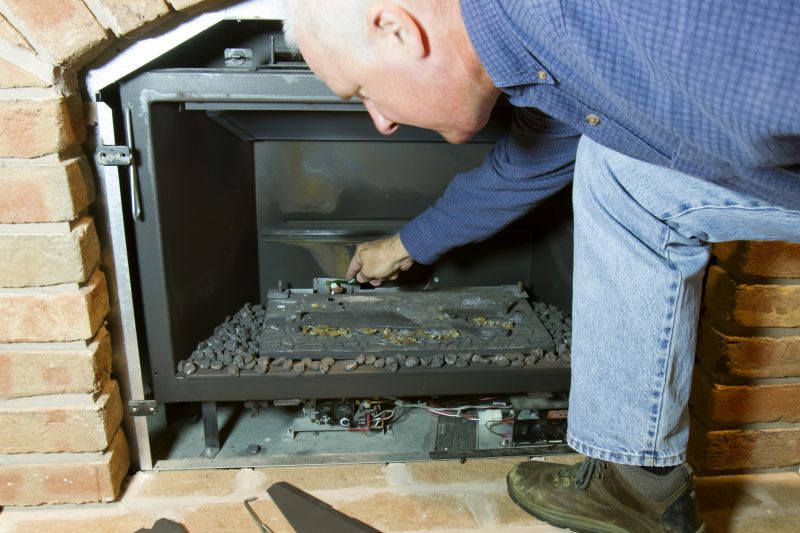
Lower-waste or water-saving choices for Fire Restorations.
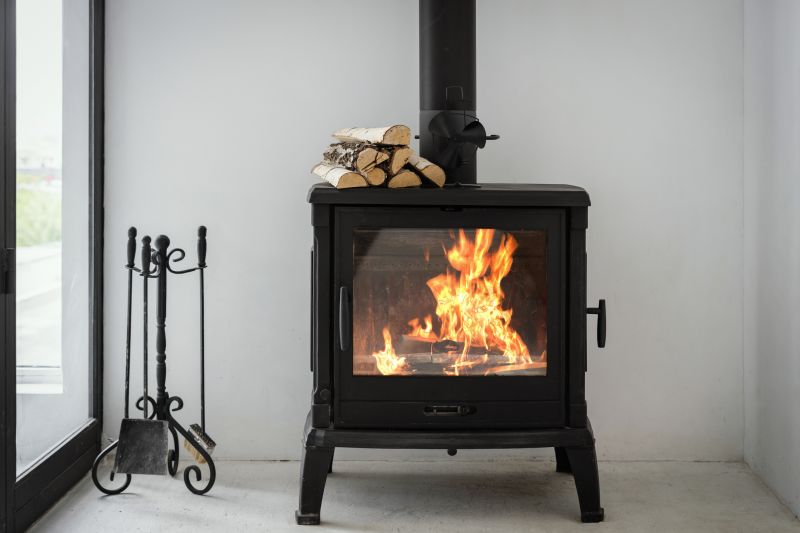
The short, realistic tool list for quality Fire Restorations.
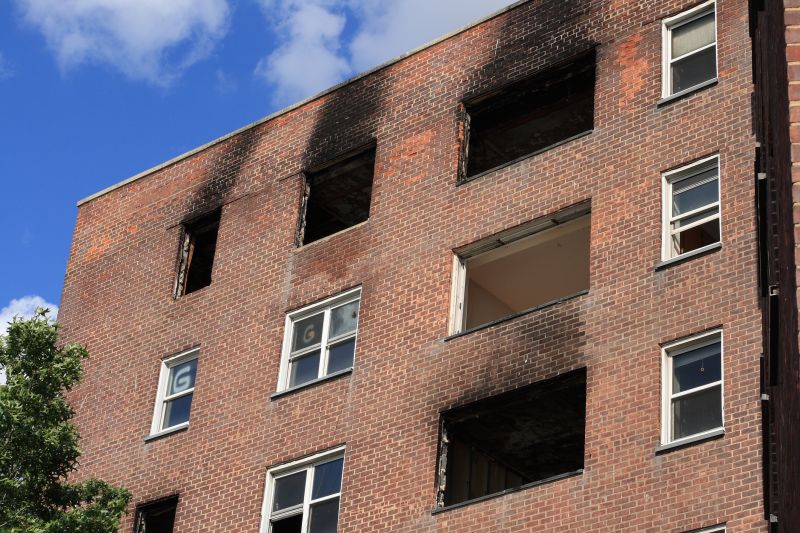
Rough timing from prep to clean-up for Fire Restorations.
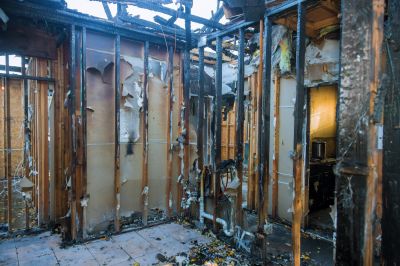
Quick checks and paperwork to keep after Fire Restorations.
Timely fire restorations are vital to restoring safety and property value. Early intervention combined with favorable weather conditions ensures a smoother process, reduces costs, and minimizes health risks. Property owners are encouraged to contact professionals promptly to assess damage and plan the appropriate restoration schedule.
Interested property owners should reach out to schedule an assessment and plan restoration efforts.
Professional evaluation helps determine the best timing for restoration activities.
